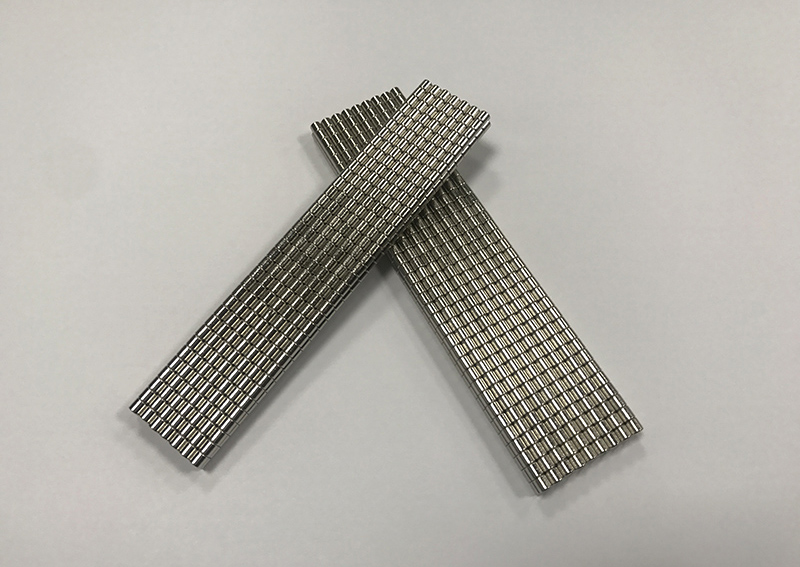Magnets is a common physical tool in life, widely used in industry, electronics, motors, electro-acoustics, etc. Magnet has two poles, South Pole and North Pole, and their identification is crucial for many applications, the following will introduce you to several ways to effectively differentiate between North and South poles of a magnet.
1. Suspension method:
A magnet is suspended in the air using a thin wire so that it can rotate freely. When the magnet stops rotating and comes to rest, the end pointing geographically north is the north pole (N pole) of the magnet and the end pointing geographically south is the south pole (S pole).
2. Compass method;
Using a compass close to one end of the magnet, if one end of the magnet attracts the north pole of the compass (the red end on the compass), that end is the south pole (S pole) of the magnet. If one end of the magnet attracts the south pole of the compass (the blue or white end of the compass), then that end is the north pole (N pole) of the magnet.
3. Known Magnet Method;
If you have a magnet with a known north and south poles, approach one end of the known magnet to the end of the unknown magnet; if the two magnet ends attract each other, this end of the unknown magnet has the opposite polarity to the end of the known magnet; if they repel each other, they have the same polarity.
The accompanying picture shows a cylindrical ndfeb magnets, axially magnetized, with the north and south poles on the top and bottom 2 sides.

4. Magnet marking;
Many magnets will be marked with N or S on the surface to indicate the poles, and some will be easily distinguished by scribing, chamfering, and banding with dimples.
5. The use of a gaussmeter;
A Gaussmeter (also known as a Tesla meter), is an instrument that measures the strength of a magnetic field, and by detecting the direction and strength of the field, the north and south poles of a magnet can be determined.
If you need to deal with magnet polarity, choose one or a combination of the above methods to ensure accurate results.
Content Supplement Article;
 China Neodymium And Ferrite Magnets Manufacturer & Supplier
China Neodymium And Ferrite Magnets Manufacturer & Supplier 


